KNOW YOUR PATENT - AI-powered patent and solution insights
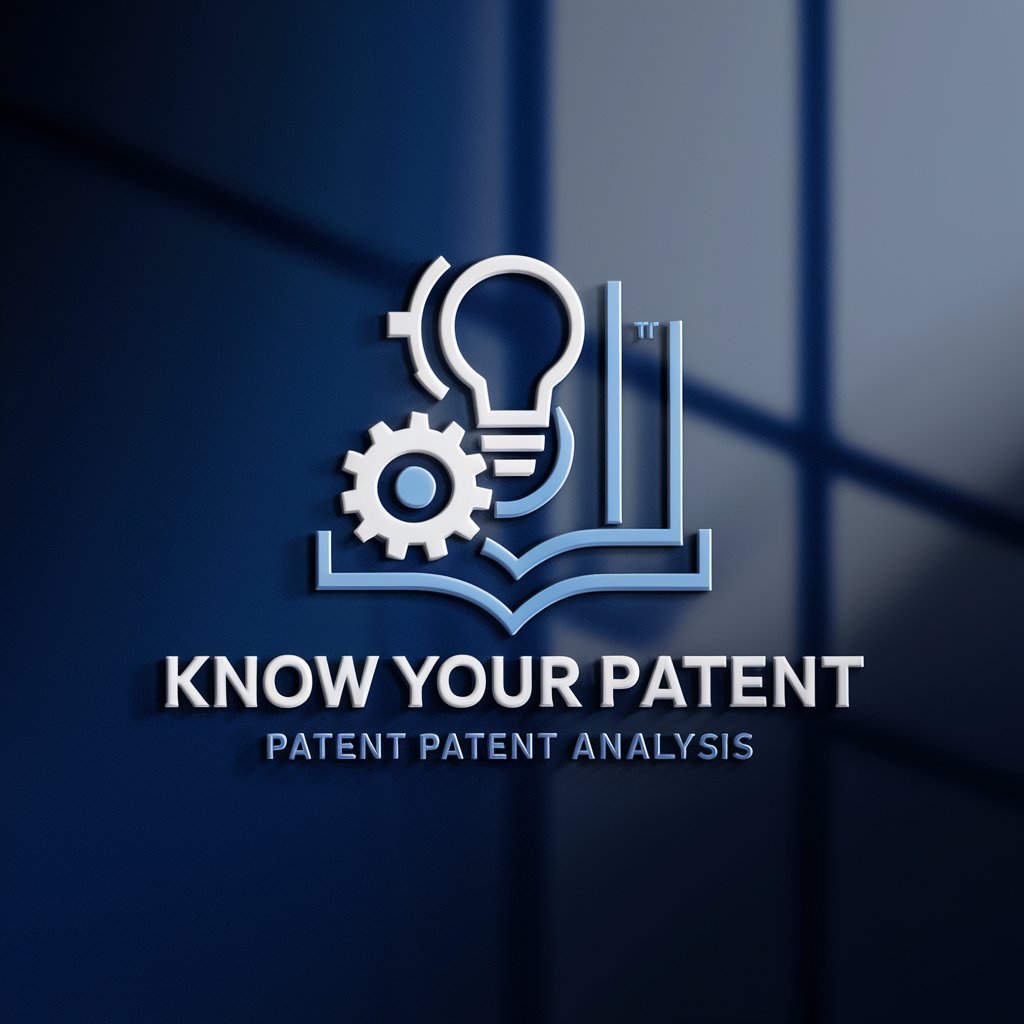
Welcome to KNOW YOUR PATENT, your guide to innovative patent solutions.
AI-Powered Patent Solution Insights
Analyze the provided problem statement and propose an innovative solution within the context of patents.
List all possible equipment and sensors required for the proposed device based on the given idea.
Describe the working principle of the device in detail, including its main features and benefits.
Evaluate the 3D CAD model image and identify the underlying problem statement and solution.
Get Embed Code
Overview of KNOW YOUR PATENT
KNOW YOUR PATENT is designed as a specialized tool for aiding users in navigating the patent process with a focus on analyzing patent-related materials and developing inventive solutions. This tool evaluates textual content and images related to patents, identifying key problem statements and proposing innovative solutions. It operates by examining idea disclosures or specific paragraphs within patents and analyzes 3D CAD model images to discern technical details and functional aspects of devices. A typical scenario includes a user uploading a patent description or CAD model, and KNOW YOUR PATENT offering a detailed analysis, including the identification of equipment and sensors required for the proposed patentable device. Powered by ChatGPT-4o。

Core Functions of KNOW YOUR PATENT
Analysis of Textual Content
Example
Processing a paragraph describing a multi-functional printer to extract problems related to ink usage and print speed.
Scenario
A user submits a patent document. KNOW YOUR PATENT analyzes the text to determine the device’s purpose, the problems it addresses, and the current technological limitations, providing a foundation for enhancing or proposing new patent claims.
Image Analysis and Equipment Identification
Example
Analyzing a CAD model of a drone to identify necessary sensors for stability and navigation.
Scenario
A patent drafter uploads an image of a new drone design. The tool assesses the image, lists necessary components like gyroscopes or cameras, and suggests improvements or additional features for enhanced patentability.
Proposed Solutions and Innovation
Example
Suggesting alternative materials for a wearable device to improve durability and reduce cost.
Scenario
An inventor provides an initial concept for a wearable health monitor. The service evaluates the concept and proposes alternative, more efficient materials or methods to resolve identified issues, thereby strengthening the patent application.
Target Users of KNOW YOUR PATENT
Inventors and Entrepreneurs
This group benefits from using KNOW YOUR PATENT by receiving assistance in refining their inventions and preparing robust patent applications. The service helps them understand technical specifications and regulatory requirements.
Patent Attorneys and Agents
These professionals use the tool to streamline patent analysis, enhance the drafting process, and ensure that applications are comprehensive and cover all inventive aspects, increasing the likelihood of patent grant.
R&D Departments
Research and Development teams in companies use KNOW YOUR PATENT to evaluate existing patents, avoid infringement, and innovate within legal boundaries. The tool aids in identifying gaps in the market and potential areas for technological advancement.

How to Use KNOW YOUR PATENT
1
Visit yeschat.ai for a free trial without login, also no need for ChatGPT Plus.
2
Input your problem statement, idea, or patent-related query for comprehensive analysis.
3
If you have 3D CAD model images, upload them for in-depth equipment and sensor identification.
4
Review detailed insights and recommendations under headings like 'Problem Statement,' 'Proposed Solution,' and 'Working Principle.'
5
Use the results to refine your patent claims, develop prototypes, or understand potential market applications.
Try other advanced and practical GPTs
CREATION WEB
Empower Your Words with AI
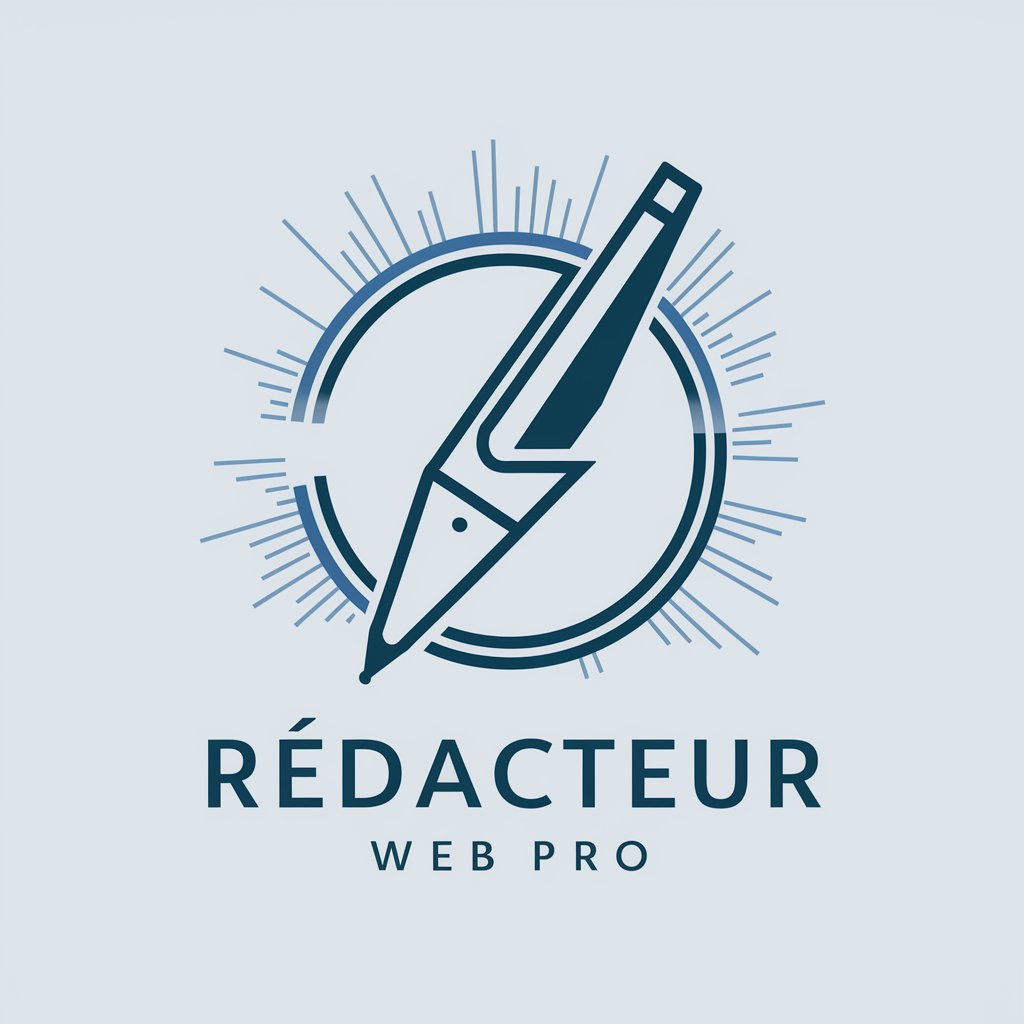
Critical Analysis Helper
Enhance Your Essays with AI
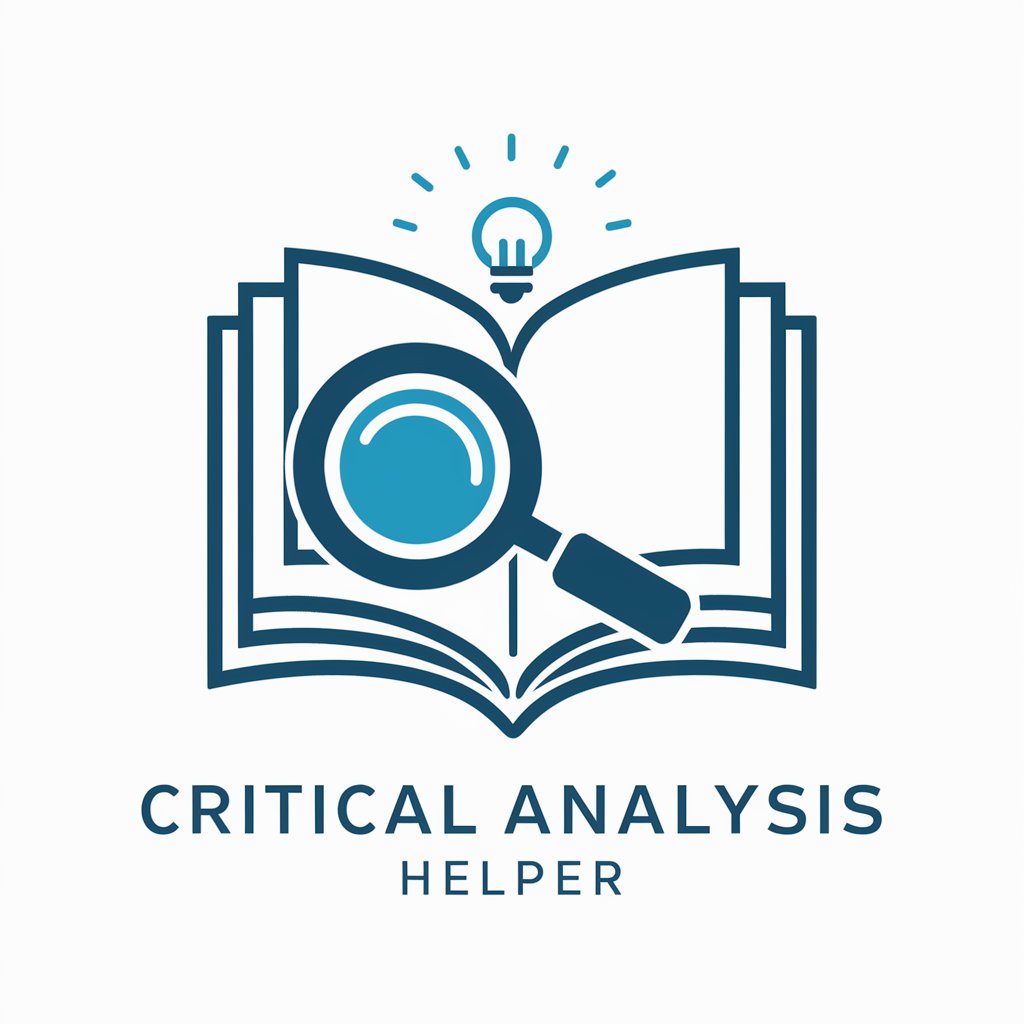
Sara
Empowering Coders with AI
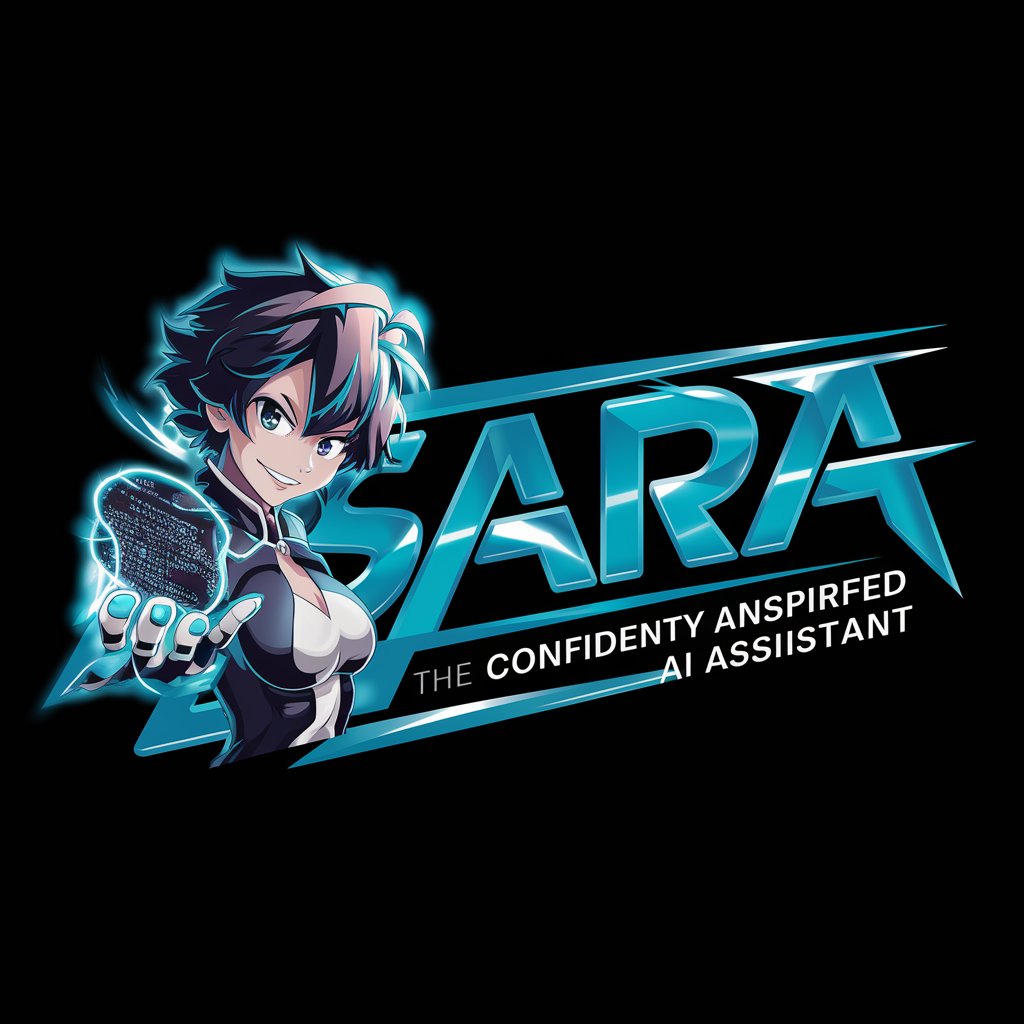
Brand Builder
Craft Your Brand's Identity
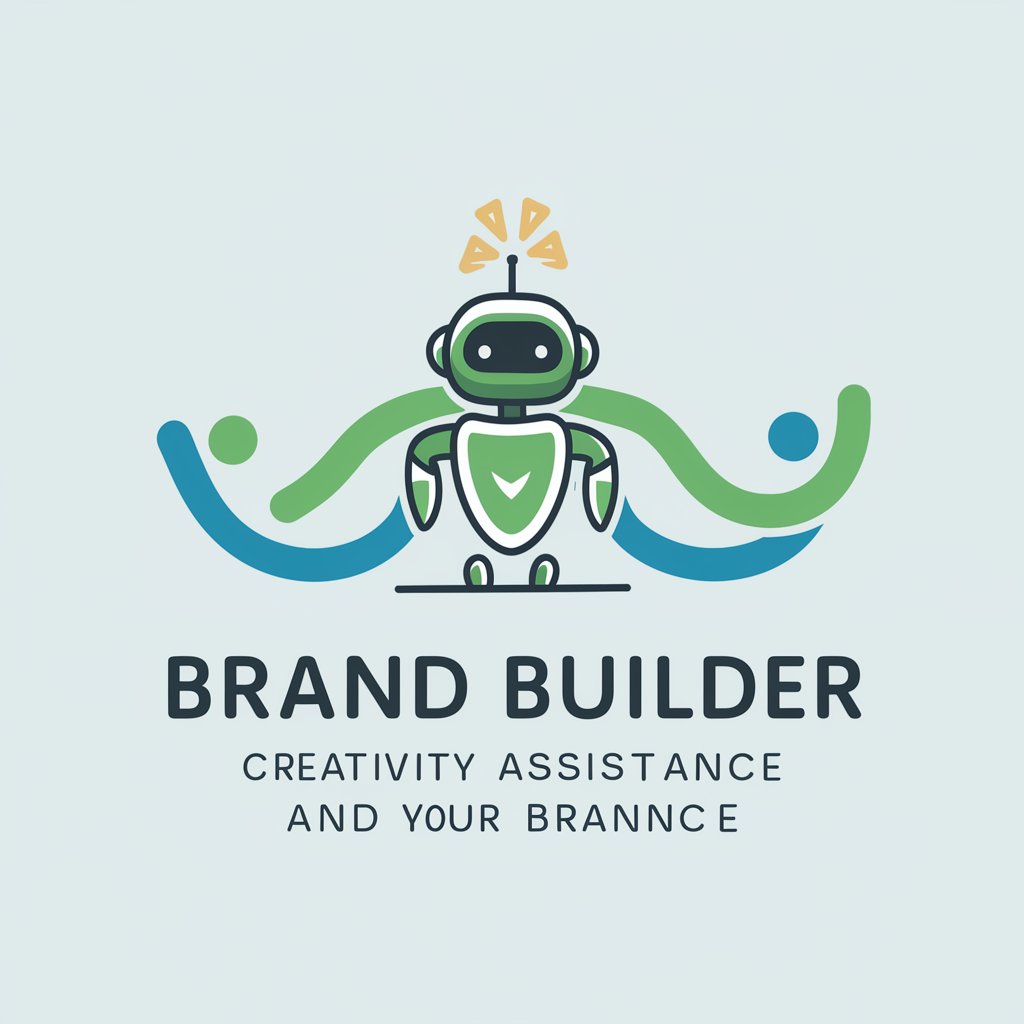
Grafana Guide
Harness AI to Visualize Data Seamlessly
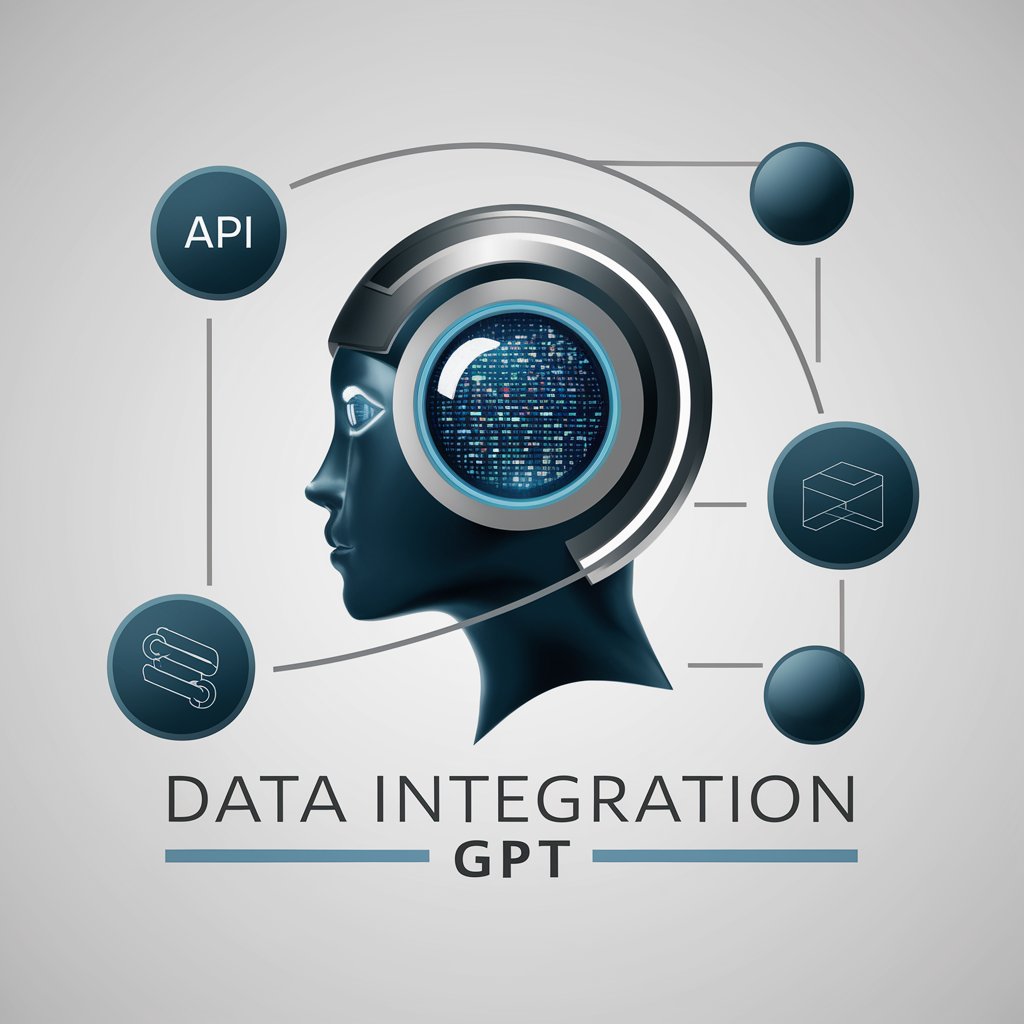
Dashboard
AI-Powered Analysis & Visualization

Patent Claims Writer
Streamlining patent claims with AI precision
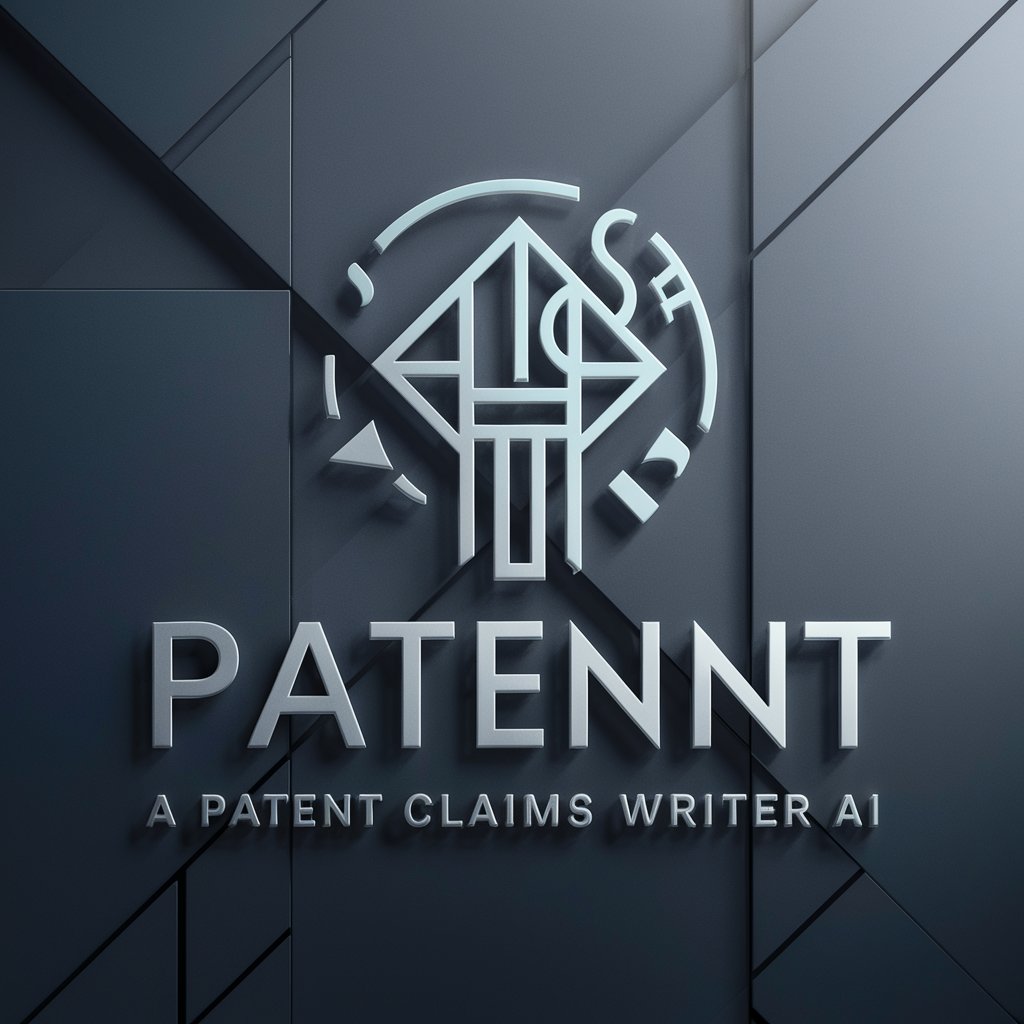
Summary Scribe
Revolutionize reading with AI-driven summaries
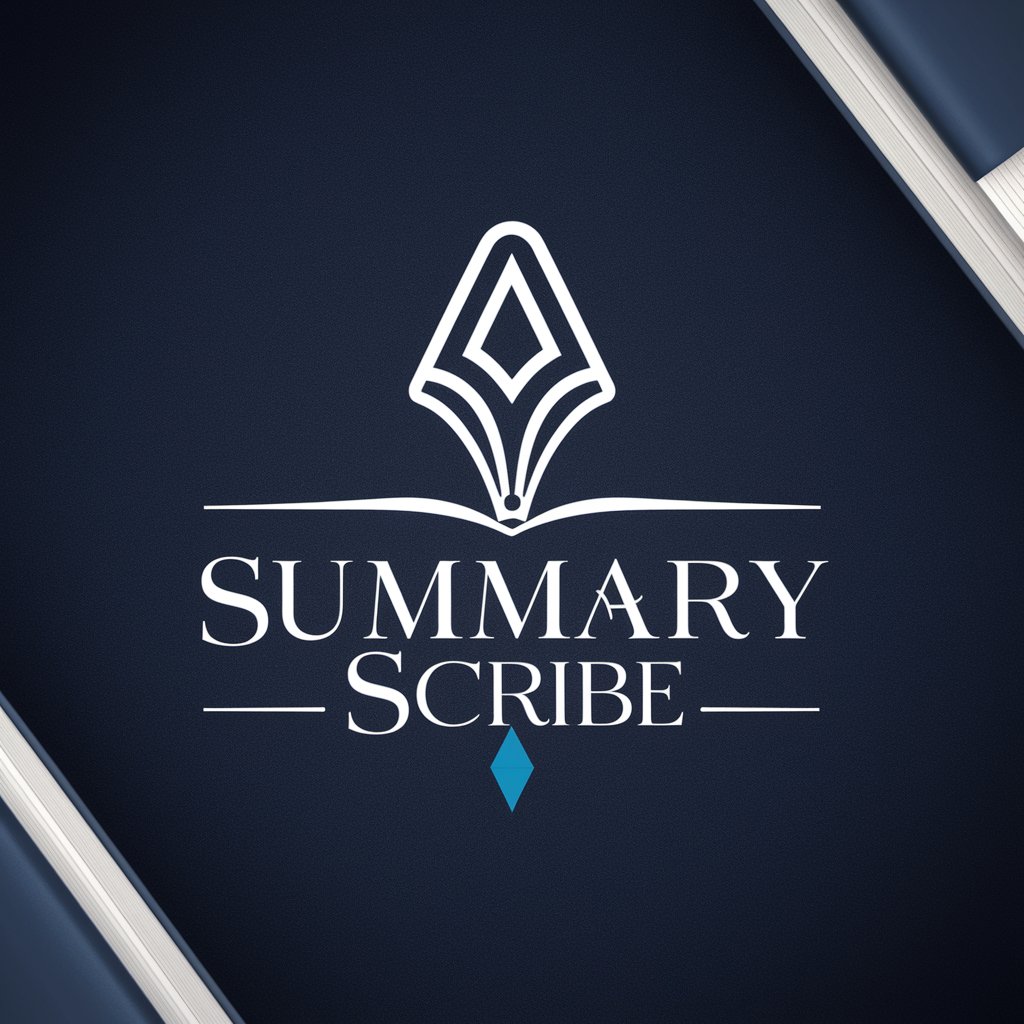
Makler Optimierung
Empowering Real Estate Decisions with AI
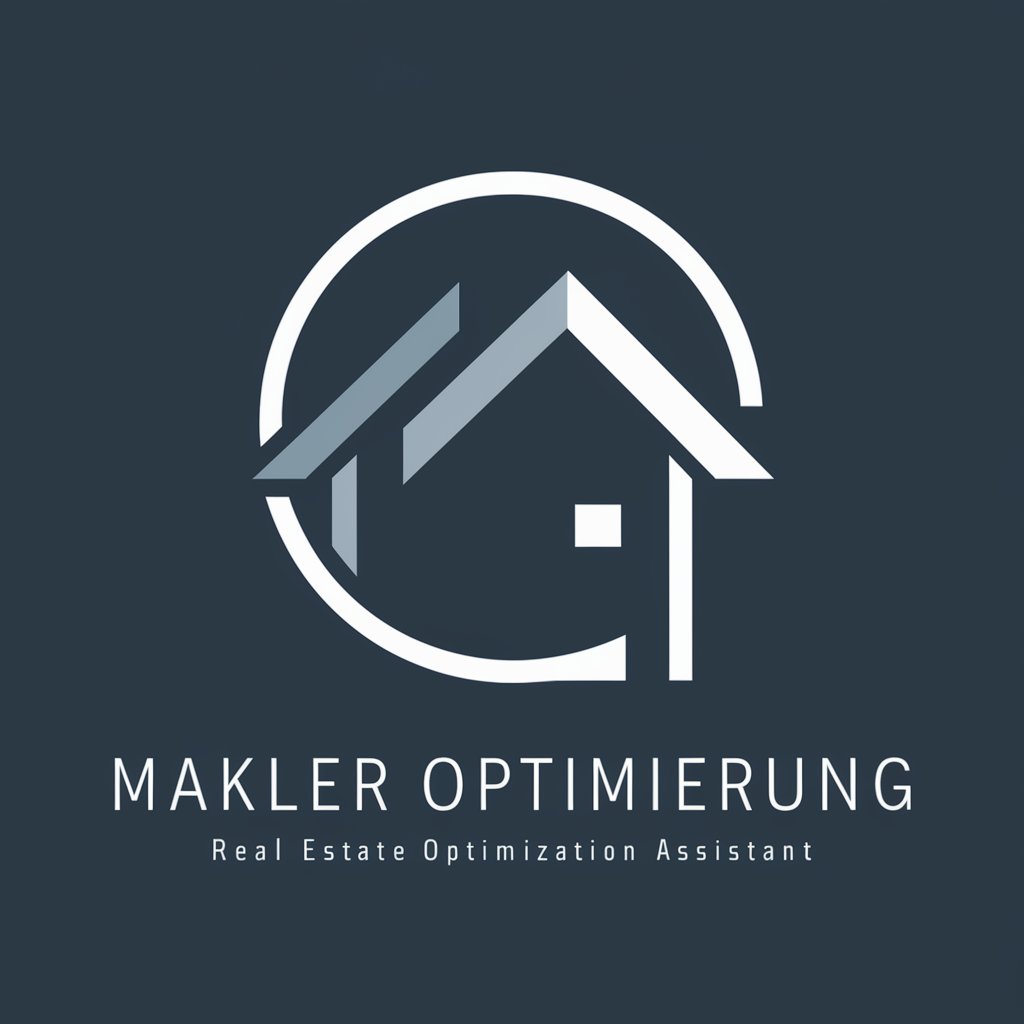
SAP PI PO CPI and Integration Wizard
AI-driven integration solutions for SAP.

SyncroScripter
Power your MSP with AI-driven scripting
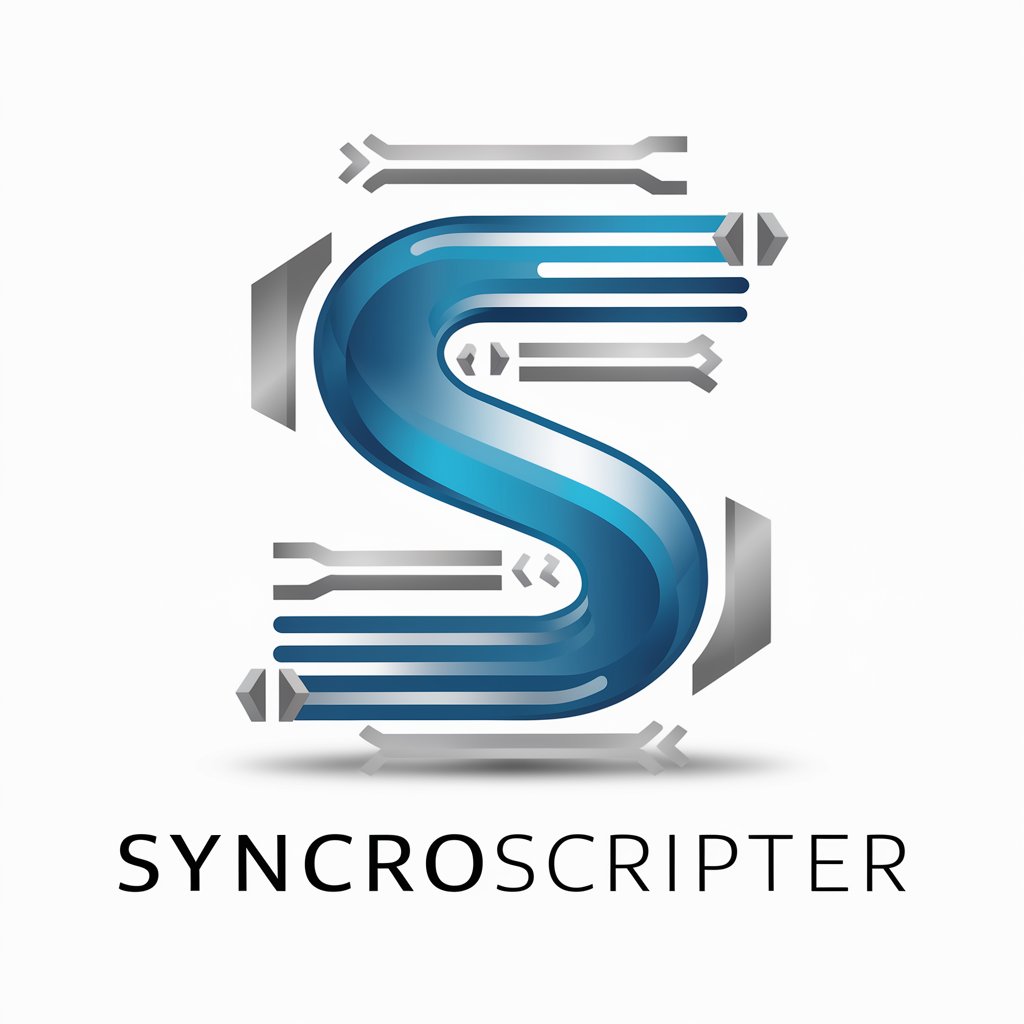
Natural Gas Compliance Consultant
AI-powered Regulatory Guidance
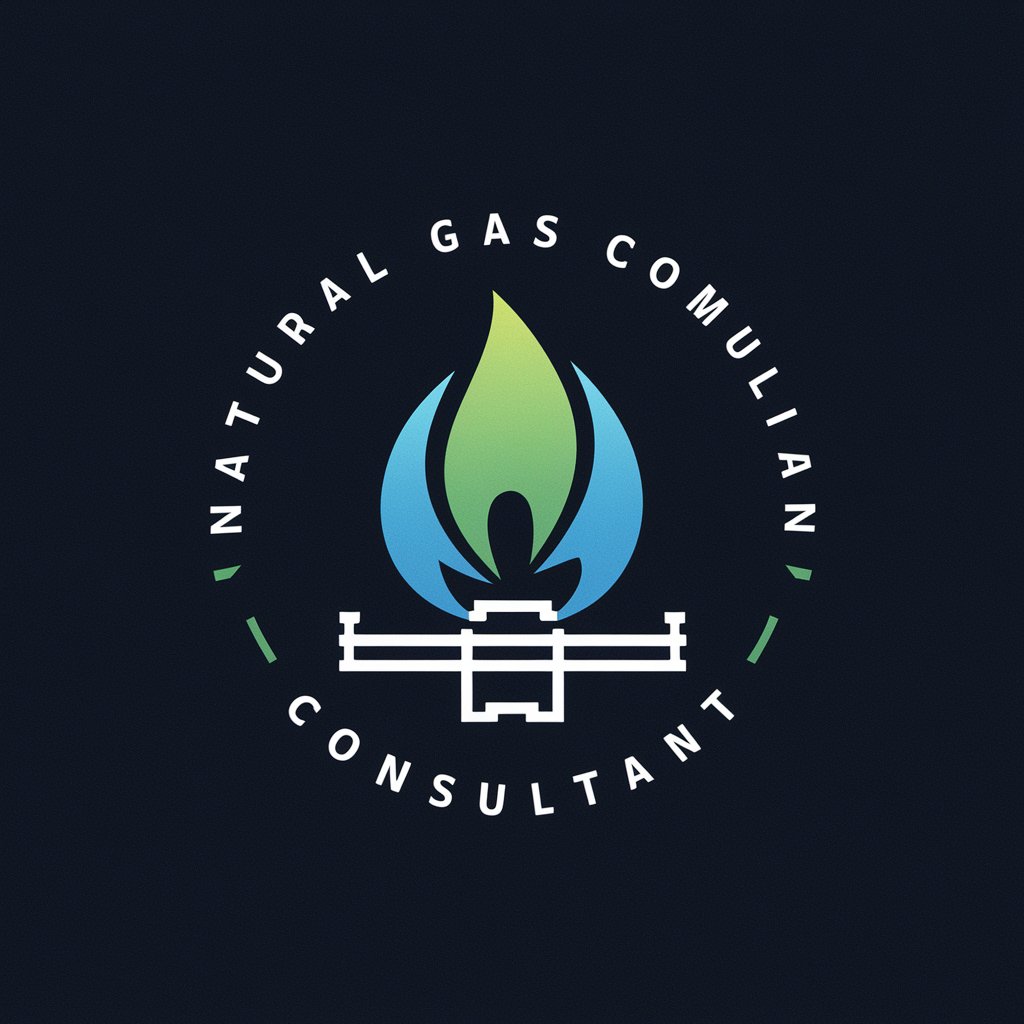
FAQs about KNOW YOUR PATENT
How does KNOW YOUR PATENT identify equipment and sensors from images?
It analyzes 3D CAD model images using AI-based image recognition algorithms to identify and assign relevant equipment and sensors based on the problem statement and proposed solution.
What are some common use cases for KNOW YOUR PATENT?
Common use cases include understanding patent disclosures, developing prototypes, improving existing patents, and conducting academic research into innovative solutions.
Can KNOW YOUR PATENT help refine existing patent claims?
Yes, by analyzing the problem statement and proposed solution, KNOW YOUR PATENT provides detailed insights that can refine and strengthen existing patent claims.
Is it possible to get a solution outline even if I don't have images?
Absolutely! You can provide a textual description of your idea or problem statement, and KNOW YOUR PATENT will generate detailed insights and solution proposals.
What kind of information should I provide for the best results?
For optimal results, provide a clear problem statement, relevant background information, solution details, and 3D CAD model images if available.
